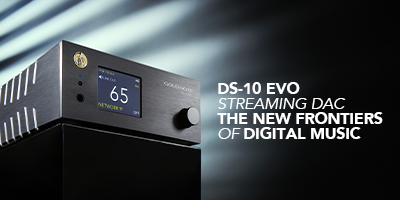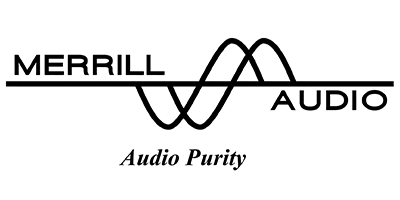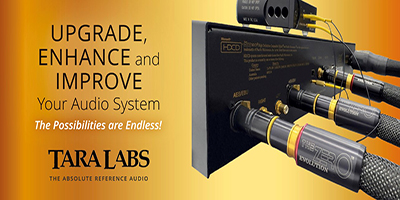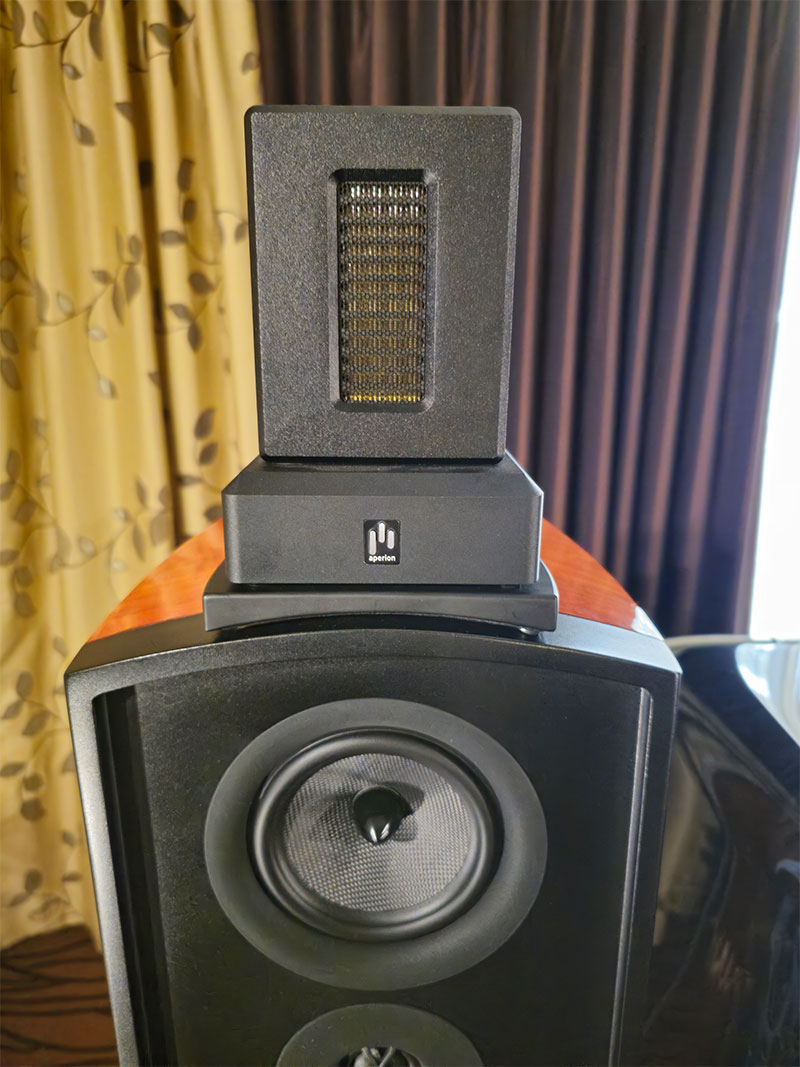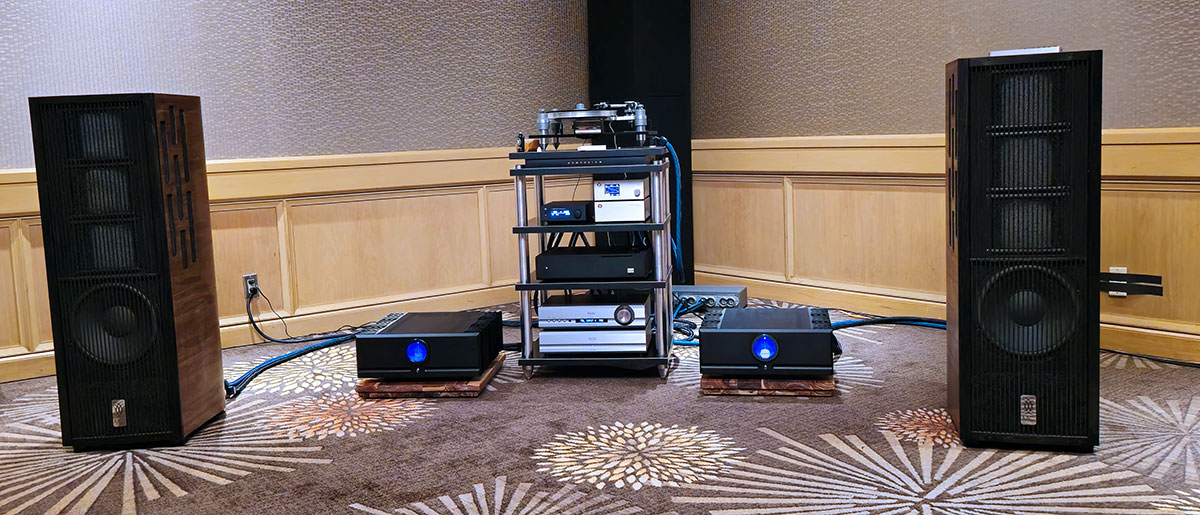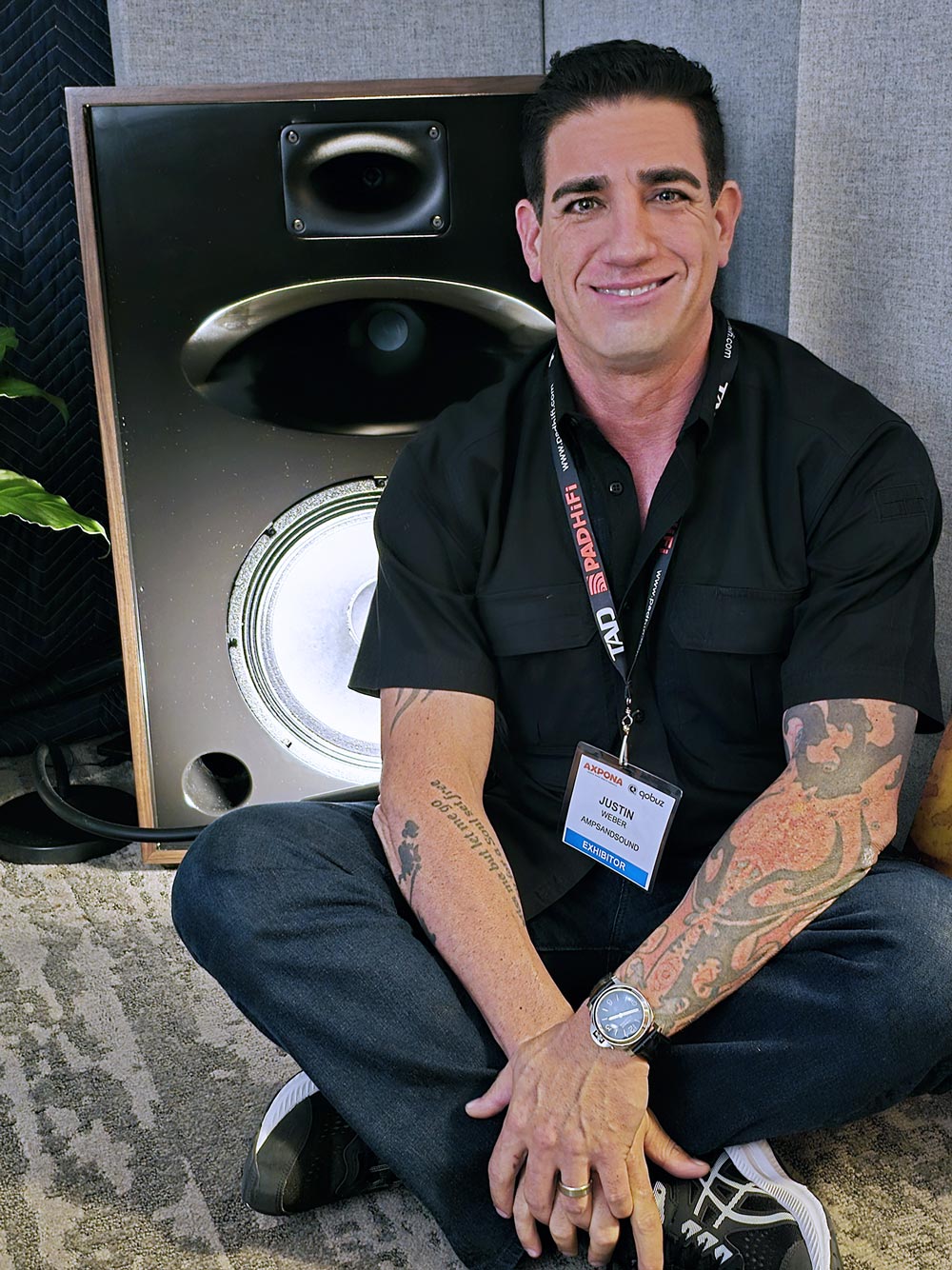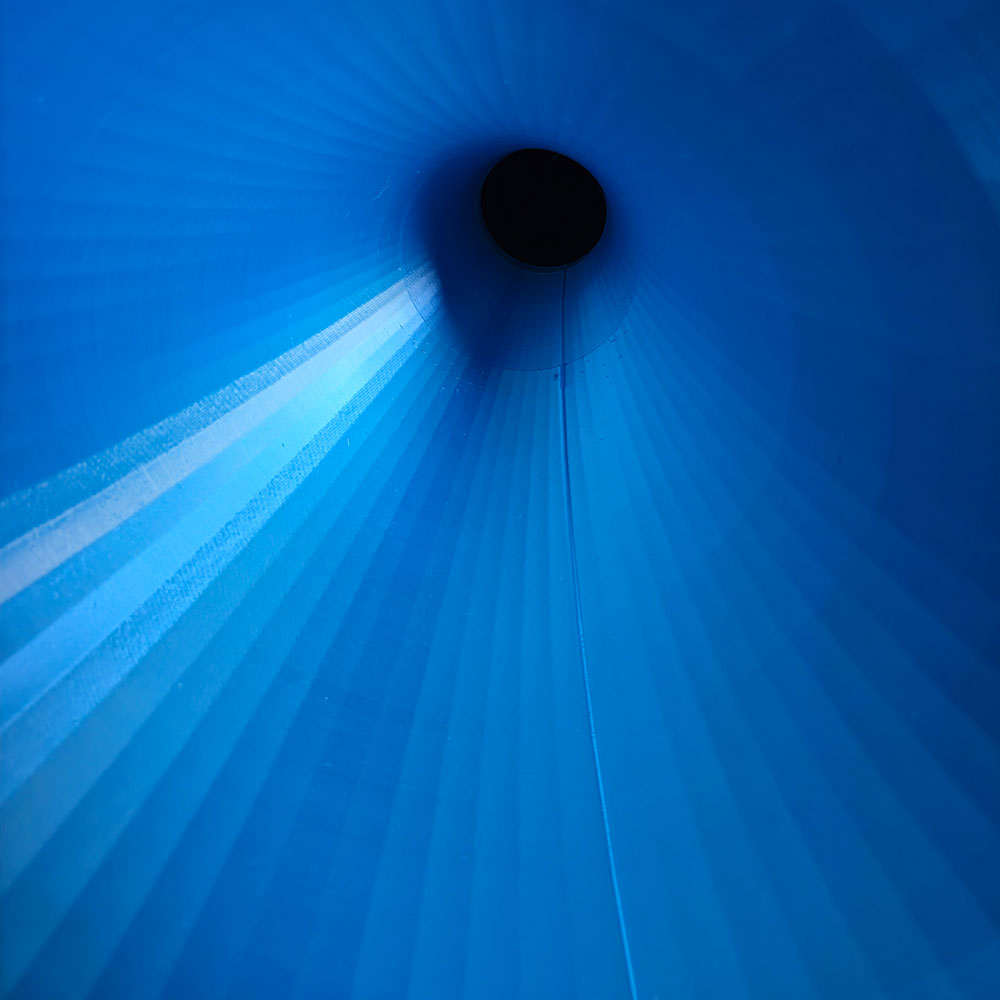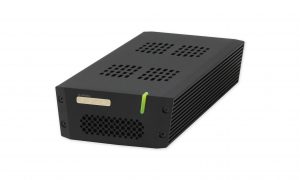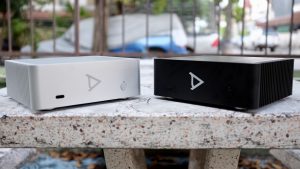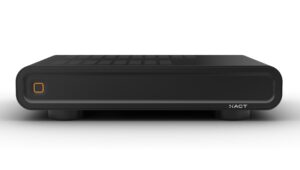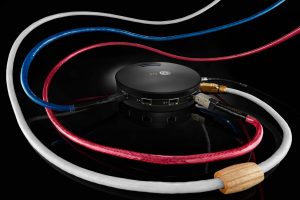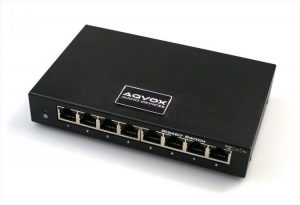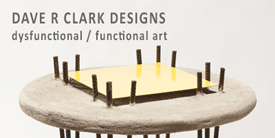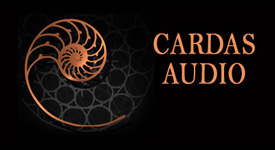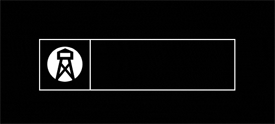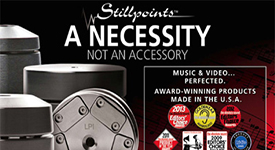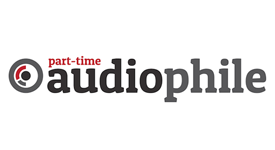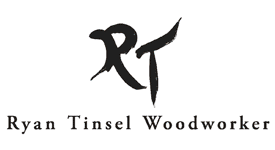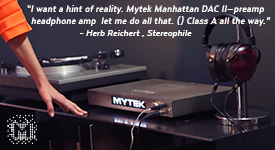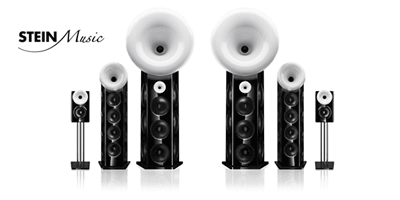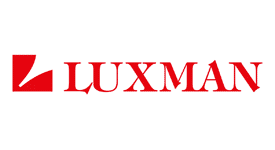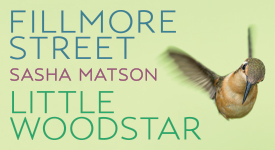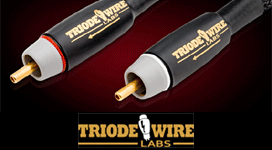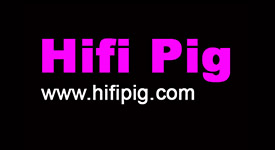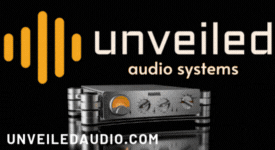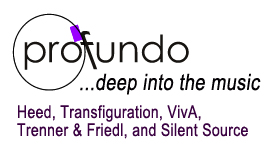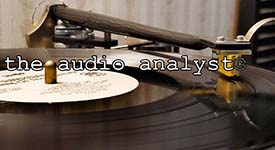Stack Audio has been around for over a decade, founded by Theo Stack in Devonshire England. His first products were a network streamer, and enhancements to the Linn LP12 turntable platform. I doff my helmet to anyone that can make meaningful contributions to improving the venerable Linn LP12. In typical Theo fashion, these are impeccable and beautiful works of art and craft. Stack Audio also makes AUVA, a successful series of footers for speakers and components, with unique design properties.
I first encountered Theo when I was looking for my third-generation network streamer. I purchased his Link II, a serious effort at improving streaming performance wrapped in a fluidly elegant solid billet of CNC aluminum. This worked flawlessly for me as a Roon endpoint, both in terms of its onboard software, and superior USB output performance.
"Here be Dragons"
I first started working with Ethernet isolation around the year 2000 (The Dark Ages), when I was developing one of the Medieval music servers on the market, the VRS Revelation Music Server. One day we were playing back local files, and I disconnected the LAN cable from the system, and we were amazed at how much better everything sounded. This led to a lot of experimentation with transformer isolated Ethernet boxes made for medical use and I eventually built a very kludgy fiber optic bridge that gave us true isolation from the miasma that made up internet connections. Like ancient maps, we didn't know what was out in those uncharted waters, we just knew it was bad news dragons.
Que 25 years later, and there are some brilliant audio solutions to this problem at various price points. Many look and sound downright angelic compared to the nest of wires and little boxes stapled to a wood board I had concocted.
Tiny Knights in Shining Armor
Theo Stack sent me his first Ethernet filter, the SmoothLAN Network Filter ($265 USD), to try when it came out about two years ago. Then a few months ago Theo contacted me and asked if I wanted to try his new higher performing, SmoothLAN Regenerator ($830 USD). In Theo's tradition, these beautifully crafted CNC jewels are hewn from a single billet of aluminum. They come in either a black or silver livery.

The Stack Audio SmoothLAN Network Filter
Theo Stack describes the features of the SmoothLAN devices:
"The SmoothLAN Network Filter isolates the network streamer from interference on the local network using multistage passive filtering. Each stage is precisely tuned to reduce crosstalk, enhance grounding, and blocking electromagnetic interference (EMI). Housed in a precision-machined, RF-shielded chassis, it targets noise at the point of network entry, delivering a cleaner signal and improving overall music playback clarity."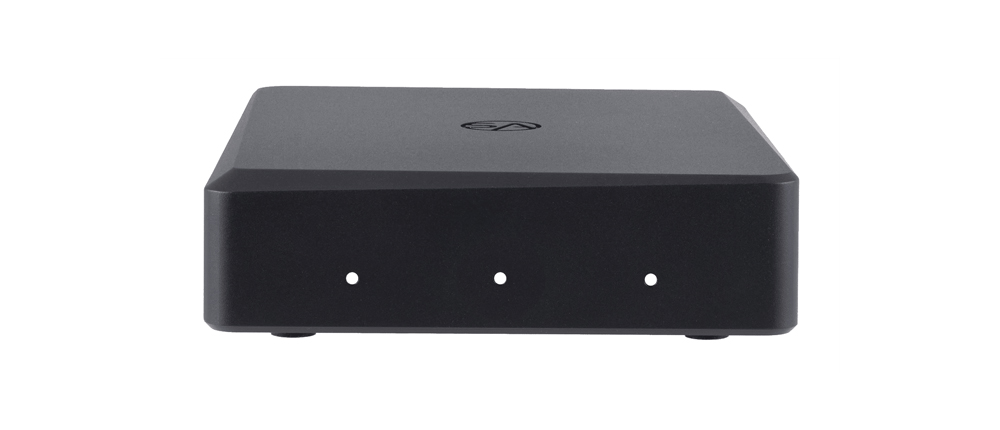
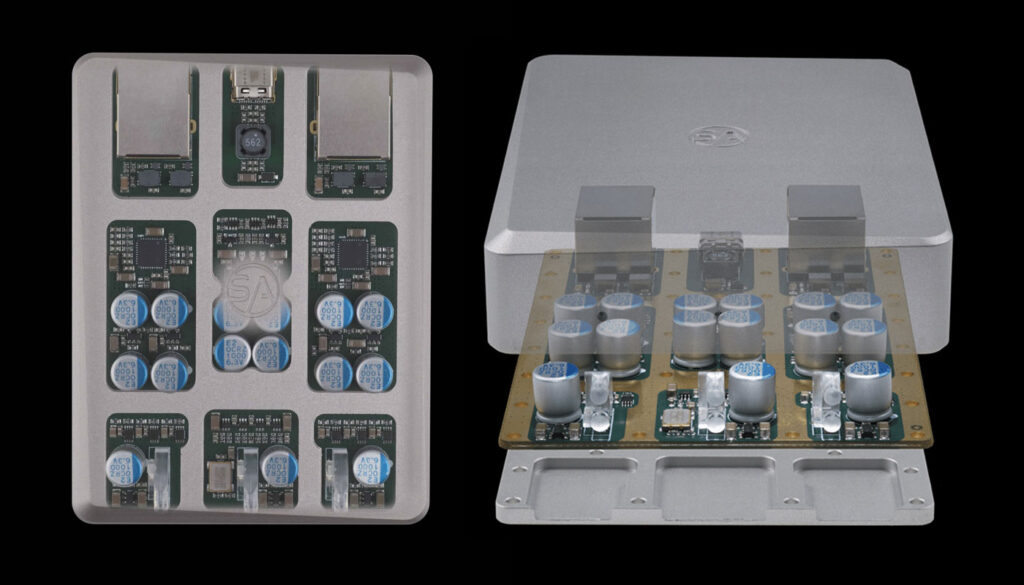
The Regenerator in Black and Views of the Internals
"Measuring a hair larger than 3x4 inches, the SmoothLAN Regenerator is a high-performance digital device designed to deliver an ultra-pure Ethernet connection to audio streamers. It combines dual-stage passive RF filtering with triple active reclocking, all synchronized to a low-phase-noise master clock housed in a fully shielded, thermally isolated enclosure. Each critical circuit block, including the clock and reclocking stages, is powered by its own independently regulated, ultra-low-noise supply. These are housed within a precision-machined, internally compartmentalized aluminum chassis designed to minimize internal interference and enhance RF isolation. Operating at 100Mbps for optimal audio performance, the Regenerator dramatically reduces jitter, noise, and digital harshness—bringing listeners closer to the natural warmth, flow, and musicality of analogue sound. The result is clearer detail, improved timing, and greater transparency in high-resolution music playback."
Before I comment on performance, I'd like to set the tone. Your Results May Vary. The results of network solutions are incredibly system dependent. Each knight will have a sword and fighting style that suits their slay. A claymore for one and a shortsword for another. I recently helped conduct a Digital Shootout of Ethernet and USB cables, and an optical fiber bridge to a group of 15 listeners. Adding optical to that system was by far the biggest positive change all listeners heard, and much more obvious than the difference it makes in my home system. A clear demonstration of how every system is different. Finally, I have found that network solutions are almost always cumulative—improvements never seem to end by adding more.
My current network includes a router and a switch powered by LHY linear power supplies, connected via certified Cat 8 22AWG solid wire Ethernet cable, going into a no-name fiber transceiver via optical fiber to an LHY FMC (Fiber Media Converter). The LAN cables coming out of the FMC are Furutech LAN-8 NCF (recommended for the moderate cost vs performance). Then I used a short run of the LAN-8 from the Stack filters into my Esoteric N-05XD Network DAC/Preamp. In my evaluations, I also used my Innuos Pulsar streamer mated to the Holo May KTE DAC. I already had a couple of network isolators in play, the iFi LAN Silencers.
Both Stack Audio devices are 100BASE-TX devices, meaning they pass data at 100 Mbps speeds. This is slower than what is common in home networks which are typically Gigabit Ethernet (1000 Mbps). But when placed just before your streamer, this slower speed works perfectly well for any audio streaming purposes (and does not slow the overall network). I've streamed 32-bit DXD and DSD512 files (i.e. huge file sizes) from my Roon Core server to my streamers without any impact in speed or performance. But placing the Stack filters in another part of your network might slow things down more than you can tolerate. There are many streaming designers that insist the slower speed standard is just better for audio performance.
Knights be Jousting
The iFi LAN Silencers sell for under $100 USD and provide a decrease in grunge and reduce the 'greyness' of the sound when streaming. My system sounds a nice bit cleaner overall, and makes long term listening more enjoyable by locating one at my streamer input and one at my upstairs network switch. At their minor cost, they are worth the scratch as a first step to cleaning up your streaming setup. Though, I really think stretching a bit to try the SmoothLAN Network Filter is where cost/value really kicks in. I now have the LAN Silencers at the exit of my router and WiFi access point, because you can't be too careful when it comes to keeping the digital dragons outside your castle's moat!
The SmoothLAN comes with a short high quality LAN cable you can use to connect directly to your streamer, then you connect your LAN cable to the other end. Simple! When I attached the SmoothLAN Network Filter to my Esoteric network DAC, it lived up to its name. There is increased smoothness and resolution to the sonics. This means areas that were blurry or jagged resolved like a lens that comes into focus. Instruments, voices, the recorded venue, these all increased in density, detail, 3D rendering and depth. At first this seemed minor, but it rapidly becomes addictive. Less hash or grunge was riding on the musical information while more new information coalesces. This resolution also increased perceived bass but also enhanced the unique character of each instrument. Overall my ears felt relaxed and music was just more enjoyable.
I've been very happy with this improvement to my digital system for the last year. And at the cost of $250 USD, it is really a no-brainer. Dragons were slayed; the villagers rejoiced.
When Theo sent me the SmoothLAN Regenerator, I was busy with many things and getting ready for AXPONA 2025. So I replaced the SmoothLAN Network Filter with the Regenerator in my system and let it ride. It is active so I plugged the power dongle into the device, and connected the LAN cables. There are three indicator lights on the front, and when all three are lit everything is functioning as intended and I was good to go. I was happy to see that the lights are not super bright and don't call attention to themselves in a darkened room.
Freshly plugged I could hear a positive difference, things sounded richer, more sorted. But there was no time for serious listening, so it sat in my system for over a month, just swapping digital packets back and forth to my network. I believe I could hear some more changes over time, and as an active digital device with a clock, I suspect it may take a few weeks to settle in to sound its best.
When I finally got the time to do some serious comparative listening, I had clocked a good 45 days with the Regenerator in my system. I actually consider this ideal as differences become very easy to grok when you take something out of your system after you have become used to its effects. After many swaps in and out, with extended listening and some gear swaps, the Regenerator revealed its blessings. And these are Big Tone with brighter color, increased focused resolution, a significantly deeper and wider soundstage with increased recovery of air and room ambience. The wood of a clarinet becomes more prominent over its reed sound, the piano's color and power is enhanced versus a more brittle tinkling quality that happens in some recordings. Vocals are more forceful, sounding like they are coming from the body, less nasality, aspiration and sibilance, while the emotional impact and heart increased. Horns sound more powerful and impactful. Bass is deeper and more dynamic. Dynamics are more explosive, impactful, fast. Any grain that is typical with digital and streaming is was so reduced as I didn't notice this anymore. I would hesitate to call this increased smoothness, since this implies glossing over details and losing focus, which the Regenerator does not do. You could be tempted to say that this effect includes some kind of bump in the lower midrange, but this bump in color, solidity, and power is present in all ranges. Even cymbals, triangles and percussion are enhanced with increased resolution in the highest treble revealing more splash, extension, body, bite and color.
The Right Knight for the Job
If you read this and think, 'these are all the qualities of why I prefer good analog over digital,' you are not alone. The Regenerator does go some distance to cross that chasm. The less quantifiable experience I had was the ability to relax more into the music, artists communicated more heart and soul. And less volume was needed for music to be present and breathing in my room. If I didn't know what changed in my system, I might think that a higher level DAC was swapped in. These improvements make the cost of the Regenerator very reasonable for me.
Comparing the Regenerator to its smaller brother, my back of the envelope math says the SmoothLAN Network Filter gets you 25-30% there. The difference is that large in my system.
One thing I found that improved the Regenerator was mass loading the chassis. While it is solid aluminum, it is tiny, and weighs in at 12 ounces. I have a few diving weights, which are mesh nylon bags containing lead alloy pellets weighing between 5 and 10 pounds. I find anything with a clock is sensitive to vibrations, and I like these weights because they are non-ferrous, so they don't affect the magnetic field of a component. Lead pellets themselves may also have some EMI absorbing properties. And the pellets may absorb more vibrations interacting with each other than a solid piece of metal. They don't look bad either. Adding a 5-pound weight kept it solidly footed on my rack, especially when connected to unruly LAN cables. With the diving weight I heard even more of the positive qualities with the focus snapping in clearer, a bit more resolution, and greater saturation of tone.
The Stack Audio SmoothLAN Regenerator slays. Dragons begone. And I can't live without it.
SmoothLAN Network Filter
Retail: $265 USD
SmoothLAN Regenerator
Retail: $830 USD
Stack Audio

Saint George and the Dragon - Zagreb, Croatia. (Wikimedia Commons)

